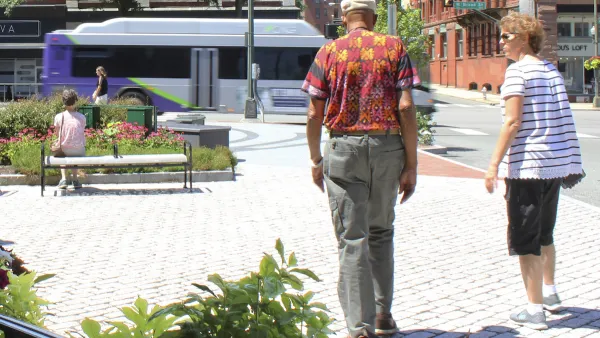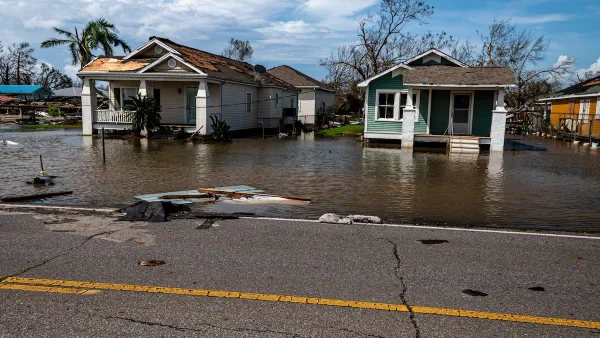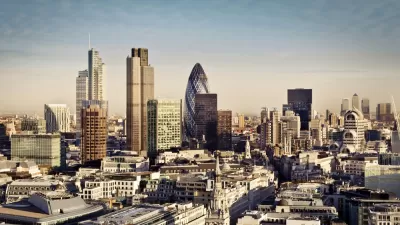Planners, lawyers and homeowners have been arguing the question of "solar rights" for two millennia. A recent article presents a primer on the historic and contemporary importance of the debate.
Henry Grabar distills the problem of sunlight in cities into a series of problematic questions: "As American cities grow taller and denser — and most everyone agrees that they must — natural light becomes a more precious commodity. Does that mean it should be regulated like one? Or would preserving current sun patterns — so-called “solar rights” — grind real estate development to a halt? Put simply: Should Americans, in their homes and in their cities, have a right to light?"
Grabar's exploration of the issue includes many historic examples of how cities planned (and litigated) for and around sunlight, as well as contemporary examples of cities struggling to balance growth with quality of life concerns. Here's a particularly difficult example: "In Sunnyvale, Calif., one neighbor sued another over a crop of redwood trees that were casting shadows on his solar panels. Under the state’s 1978 solar rights law, he won — the neighbors had to trim their trees to let more sun through to his panels."
FULL STORY: Welcome to the permanent dusk: Sunlight in cities is an endangered species

Planetizen Federal Action Tracker
A weekly monitor of how Trump’s orders and actions are impacting planners and planning in America.

Vehicle-related Deaths Drop 29% in Richmond, VA
The seventh year of the city's Vision Zero strategy also cut the number of people killed in alcohol-related crashes by half.

As Trump Phases Out FEMA, Is It Time to Flee the Floodplains?
With less federal funding available for disaster relief efforts, the need to relocate at-risk communities is more urgent than ever.

Public Lands Are Safe — For Now
A proposal to sell off federally owned lands was removed from the Republican spending bill on procedural grounds.

Hundreds of New Yorkers Hospitalized Due to Extreme Heat
A brutal heat wave is causing hospitalizations for heat-related illnesses, an increasingly common threat as summers get warmer.

Opinion: Illinois Transit Bill Could Revolutionize Intercity Travel
A bill passed by the state’s General Assembly would create a permanent source of dedicated funding for intercity rail.
Urban Design for Planners 1: Software Tools
This six-course series explores essential urban design concepts using open source software and equips planners with the tools they need to participate fully in the urban design process.
Planning for Universal Design
Learn the tools for implementing Universal Design in planning regulations.
JM Goldson LLC
Custer County Colorado
Sarasota County Government
City of Camden Redevelopment Agency
City of Astoria
Transportation Research & Education Center (TREC) at Portland State University
Camden Redevelopment Agency
City of Claremont
Municipality of Princeton (NJ)




























